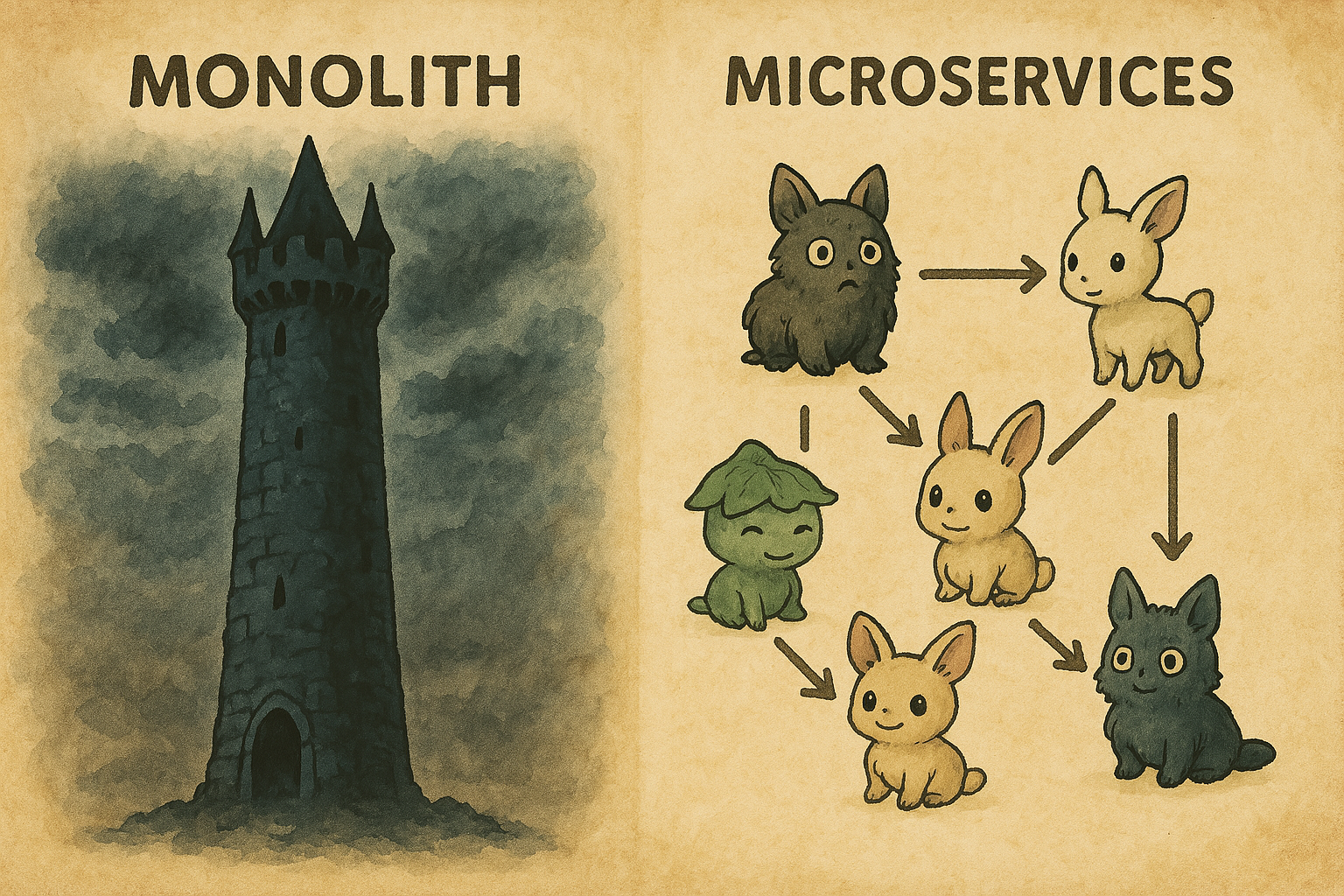
Hands-On CI: Building Your First GitHub Actions Workflow
We have previously talked about why Continuous Integration is a powerful DevOps concept for helping your team develop high-quality code faster. Today we are taking you through a deep-dive into the “how,” with step-by-step instructions for setting up a linting pipeline in GitHub Actions. We’ll explain how and why CI workflows can take your team to the next level!

DevOps Approaches for SOC 2 Success
In today's software world, demonstrating your commitment to security and reliability is paramount. SOC 2 is a widely recognized auditing standard that helps organizations do just that. While preparing for an audit can seem daunting, embracing DevOps principles and tools with Zumbro can help prepare you and your team for SOC 2 success.

Introducing Zumbro: Slash Tech Debt with Automated Code Fixes
Say Hello to Zumbro, our GitHub app. Zumbro is the DevOps automation tool that helps your team define, apply, and enforce engineering standards, without adding overhead. If you’re looking to improve teamwork, reduce technical debt, and accelerate shipping velocity, Zumbro gives you the foundation to do it, right inside your GitHub workflow.

A Surprising Secret About Python Linters
It sounds crazy: you run your linter, fix the issues, run it again… and suddenly it finds more issues. Wait, what?
Yes, it’s a real thing. Depending on the complexity of your code and the tools you’re using, sometimes one pass isn’t enough to get a clean bill of health. But don’t worry, there’s a simple fix: run your linters twice!

Teach Your AI Agent to Write Python Logs Like a Pro
Last week we made the case for why logging is the DevOps superpower that gives you X-ray vision into your systems. What if you are using AI Agents to write your Python code? Just like we train junior developers to build habits that lead to better software, we need to guide our AI Agents to log their code in smart, structured, and consistent ways.

How to Keep Your Python Code Standard
If you've opened a Python file only to find cryptic code, you already know why “standard Python” matters. But what is standard Python? Who decides what counts as “standard”? And how can you set and enforce engineering standards for your team around standard Python? Let’s talk standards, and why they can help you and your team.

Why Your Team Needs pre-commit
It’s easy to overlook pre-commit when you’re already using GitHub and have a continuous integration pipeline. Why add complexity? In fact, when used well, pre-commit can be the simplest and most effective way to eliminate bugs, style issues, and config drift before they even enter your Git history. pre-commit helps shift quality left, right into your fingertips as you write and commit code.

The Goldilocks Pull Request
A Pull Request should be focused. It should do one thing well: fix a bug, add a feature, or refactor a specific part of the code. This helps reviewers follow what changed and why, help CI tools test your changes, and help your future self understand the changes. Your PR should appeal to Goldilocks: not too large, and not too small.

How Code Reviews Should Work
The best code reviews feel like collaboration, not judgment. They’re an opportunity to ask questions, learn, and improve as a team. When the small stuff is already taken care of, there’s space for that conversation to happen. Caparra is building tools to make this easier for your team.

Python Linter Showdown
Python Linter Showdown! It’s time for a spirited comparison of four popular Python linters: black, flake8, pylint, and ruff. Each tool promises to tidy up your code, catch pesky bugs, and keep your scripts neat. Our contestants today will face off on three files containing some not-so-great Python. Get ready to witness our code-based house of horror!

Microservices and DevOps: A Perfect Match
If you're a developer exploring ways to improve your codebase and simplify your life, you've likely heard the term "microservices." It's one of those buzzwords you might nod along with but never get around to exploring in depth. Let’s take a closer look at what microservice architecture really means, why it's valuable, and how to get started without getting overwhelmed.

Clean Commits from the Start with pre-commit
Have you ever run git commit, only to realize later that you forgot to fix a small error? If so, you know that tiny missteps can quickly add up to big hassles for your entire team. That is why a simple tool called pre-commit can be so helpful. It automatically runs checks, linters, and other automated routines right before you commit your code.

Sort It Out: How isort Makes Python Better
When working with Python, keeping your code clean and organized is essential. You may have heard of isort, a handy tool that automatically sorts your Python imports. Keeping your import statements sorted is a simple step that is deceptively powerful, and we’ll talk about how adding isort to your Python workflows can save you hours and hours of time debugging your code. If only every part of coding was this easy!

Intro to Linters in Python: Clean and Bug-Free Code
Writing clean, error-free code is a lot easier when you have a little help. That’s where linters come in. In this post, we’ll introduce you to linters for Python, and walk through what they are, how to use them, where they came from, and why they’re so useful. We’ll also show a simple Python linting example, and cover how to integrate linters into different environments, from your local editor to CI/CD pipelines. Finally, we’ll recommend the best Python linter for beginners. Let’s get started!

Understanding Mean Time to Recovery
When thinking about software reliability, the intuitive approach might be to aim for "zero failures." While this sounds good on paper, it often leads to paralysis by analysis. Instead of striving for an unrealistic ideal of no failures, focus on how quickly and effectively you can recover when things go wrong. This is where mean time to recovery (MTTR) shines as a practical and motivating metric.

No One Should Be Deploying Code at 2 AM
Deploying code at 2 AM is a cry for help. It signals a process problem, not a people problem. If your team is routinely making production changes in the dead of night to minimize impact on users, then you’re not reducing risk; you’re just shifting it onto tired, overworked developers who are more likely to make mistakes.

Understanding Continuous Integration in DevOps
In the world of software development, Continuous Integration (CI) has become a key best practice for modern DevOps. Let’s break this down, looking first at what “integration” means in software, explore what “continuous integration” looks like for developers, and see how a CI pipeline can be a game-changer for your software team.

How Do You Measure DevOps?
DevOps is a way of working together to make building and running software easier and faster. The best way to measure how well you are doing DevOps is a set of measures called DORA metrics. They show where your team is working well, and areas to improve your DevOps practices.

Why DevOps Matters for Front-End Developers
Great front-end developers focus on the user, crafting interfaces and experiences that delight your customers. If you think about DevOps at all, it probably falls in the bucket of “somebody else’s problem.” Putting some DevOps tools and techniques into your workflow can bring significant benefits. With DevOps you can make your front-end development more efficient, reliable, and collaborative.